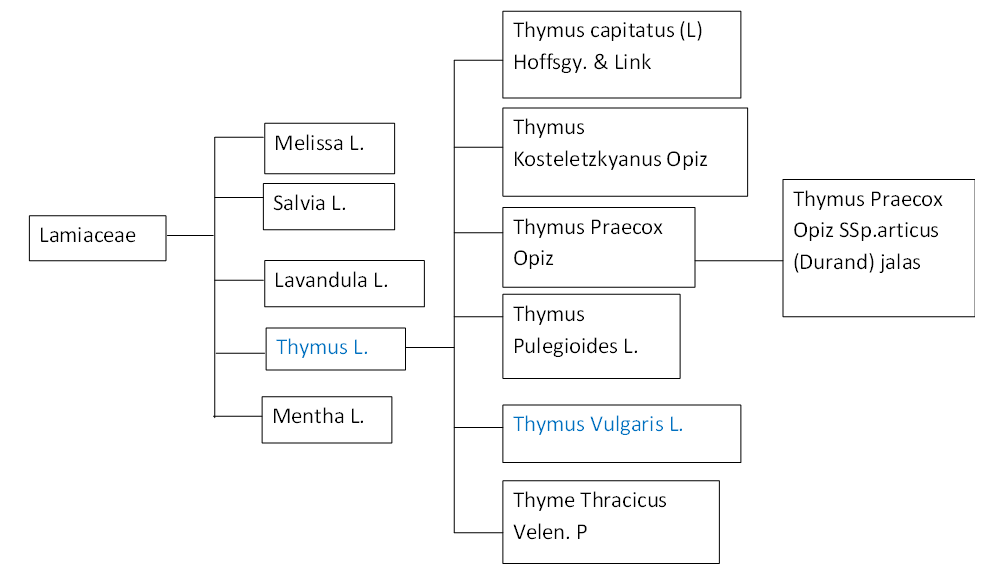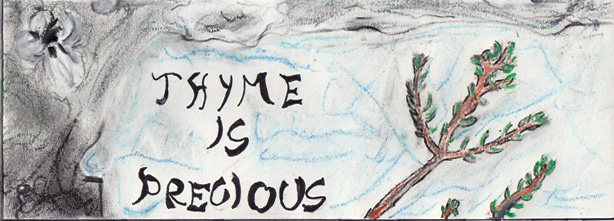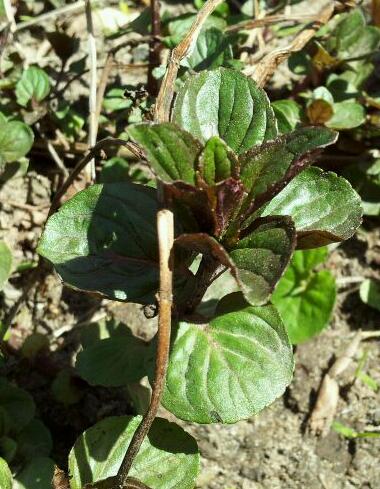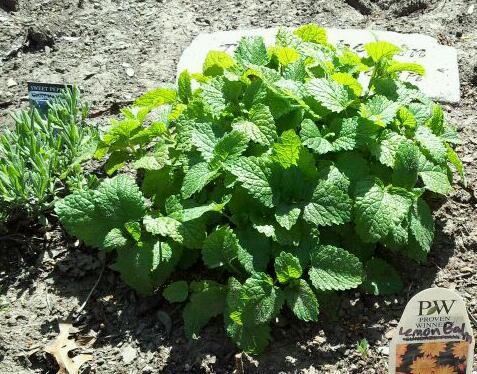Classification
The plant kingdom is very diverse. Plants can be vascular
or non-vascular. Non vascular plants in mosses (byrophta),
hornworts (anthocerphyta) and liverworts (hepaticophta). These
plants tend to be low to the ground and live in wetter areas.
The vascular plants have phoelom and xylem. Phoelom and xylem
allow vascular plants to live away from water. The vascular
plants can be have seeds. The ferns (pteriphyta) reproduce by
spores and don't use seeds for reproduction. Plants that
reproduce by seed can have naked seeds (gymnosperms) or covered
seeds (angiosperms). The gymnosperms include conifers (coniferophyta),
cycads (cycadophyta), ginko trees (ginkophyta), or gnetophyta.
Conifers include evergreens and are more hardy than deciduous
trees. Cycads live in tropical areas and tend to be toxic. Ginko
trees are are a very resilient and have no natural predators.
Gnetophyta are strange plants. This is where all the plants that
are not quite understood are put. Everyone is familiar with
angiosperms. They tend to be the dominant plant in most areas.
They form the pretty flowers you see or fruits like
apples or
watermelon. Angiosperms can be monocots (liliopsida) or
eudicots. A well known monocot is sweet corn.
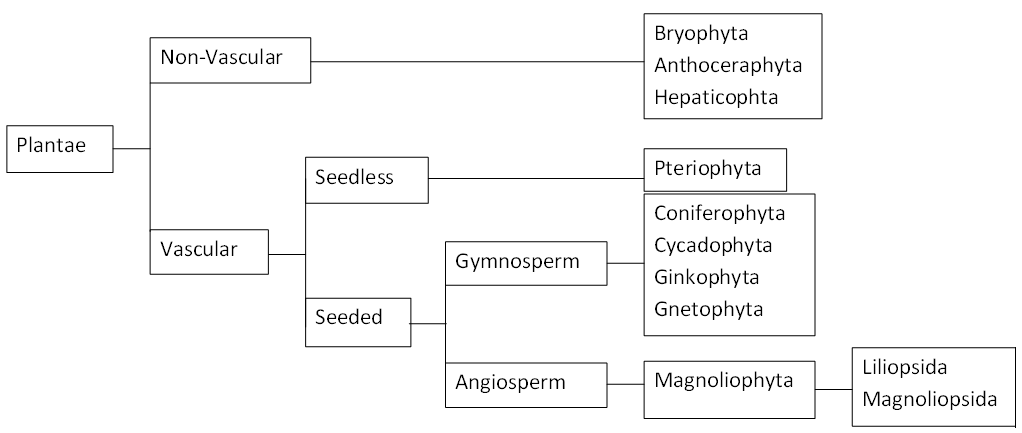
Thymus vulgaris can be classified under:
- Domain: Eukarya
-
Kingdom: Plantae
-
Class: Magnoliopsida
-
Order: Lamiales
-
Family: Lamiaceae
-
Genus: Thymus L.
-
Species: Thymus vulgaris L.
Domain Eukarya
Organisms in Eukarya are multicellular. The protists, animals
and fungi are some other groups in this domain. Membrane-bound
organelles and a true nucleus are features of all members. An
adorable organism in this domain is the
squirrel.
Kingdom Plantae
Members of Plantae generally get their energy via
photosynthesis. They are autotrophic and have cell walls. Plants
can be diecious, male or female, or hermaphroditic, containing
both male and female parts.
Class
Members of Magnoliopsida are flowering plants. The seeds are
dicotyledons; there are two cotyledons. Common features
are a primary root with secondary roots, net-veined leaves, and
a herbaceous or woody growth.
Order
The order of Lamiales contains shrubs and herbs. Many members
are tropical. Leaves are generally opposite each other. The
flowers of this order are irregular or bisexual. The seeds also
have a straight embryo with little or no endosperm present.
Family
Members of Lamiaceae have essential oils. They have adapted to
many different climates and grow everywhere. The flowers of
these plants have a upper and lower lip. Both the oil and dried
products are useful. Chocolate mint and lemon balm are two
plants from Lamiaceae I grew in my garden last summer.
Peppermint
is another organism is this family.
Genus
Members of Thymus are hardy, bushy shrubs.
Their leaves are more or
less wide and flat. They are arranged along the stem in a linear
fashion. Melissa L. is another family in the genus Thymus.
Species
Thymus vulgaris is an aromatic, bushy shrub.
Sizes range from 10 to 50 cm tall. It has distinct white, violet
or pink flowers. The grey-green leaves sit across form each
other and have a white bottom.
Below is a phylogenic tree of the Thymus genus. Other
well-known genera like mint (Menta L.),
sage (Salvia L.) and lemon balm (Melissa L.)
are in same family as Thymus. They are in different
genera because they produce different essential oils. In the
genus Thymus, Thymus vulgaris is
separated from the other species because of its habitat.
Different habitats caused speciation in Thymus. More genetic
variability means there is a better chance of survival.
Thymus vulgaris has 6 different chemotypes making it the
most diverse of the genus.
